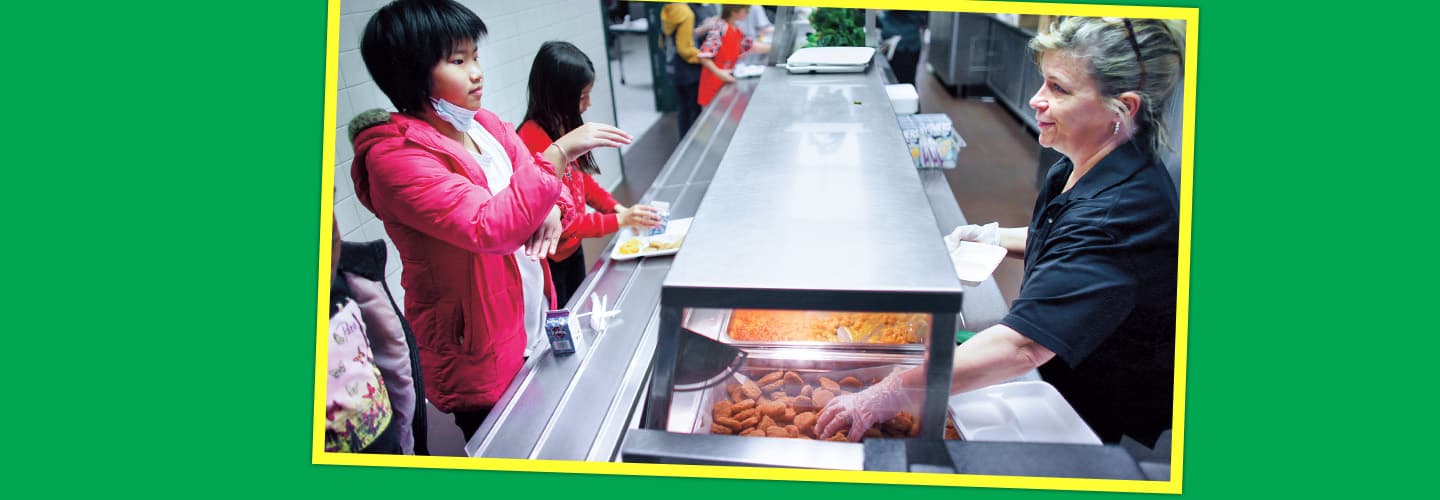A class of fourth-graders in Suffolk, Virginia, have learned a new way of communicating. They wanted to more easily interact with cafeteria worker Leisa Duckwall, who is deaf. Last fall, the class at Nansemond Parkway Elementary School began learning American Sign Language (ASL). The language is expressed by hand and body movements, as well as facial expressions.
At the start of the school year, the students could only let Duckwall know what they wanted by pointing to the food.
“I could see the frustrations on both sides,” says their teacher, Kari Maskelony.
Maskelony has family members who are deaf, and she has taken classes in ASL. In the cafeteria, she helped out by signing to Duckwall what her students were trying to order. Then she got the idea to teach her class how to sign.
“It’s important to me that my kids know how to communicate with everybody,” she explains.
Maskelony started by teaching her students how to sign the names of foods served in the cafeteria. Then they learned other words and phrases, as well as the ASL alphabet. Before long, the kids were using ASL not only to order lunch but also to have conversations with Duckwall. Inspired by the fourth-graders, more students and teachers at the school are now learning to sign.
Duckwall says being the only person in the cafeteria who can’t hear made her feel like an outsider. She wants others to know that the only thing deaf people can’t do is hear—but they can still communicate.
“The kids learning ASL makes me feel like they want me included, and that feeling is priceless,” Duckwall says.

